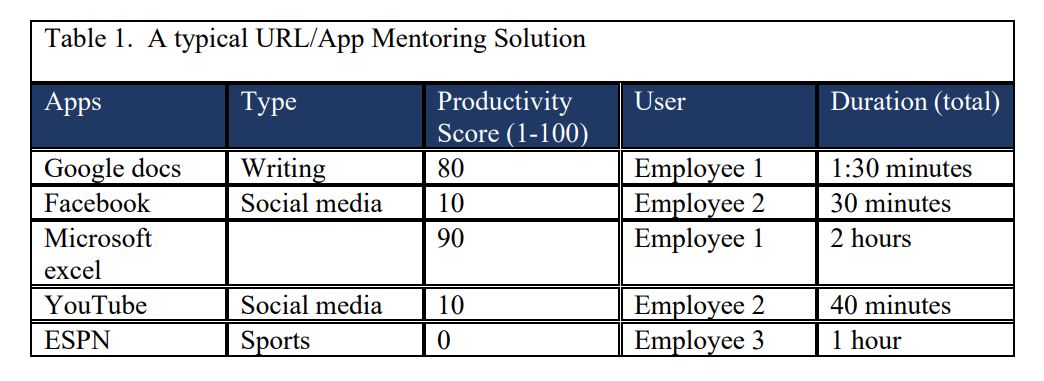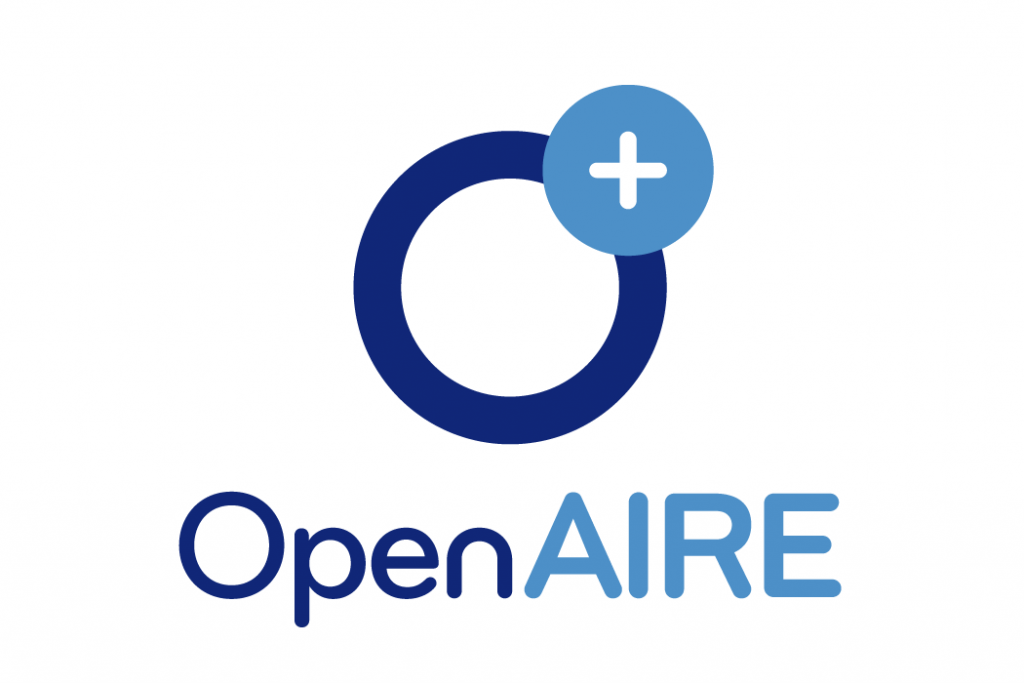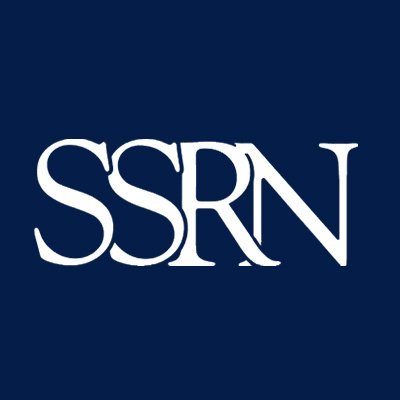Virtual Employee Monitoring: A Review on Tools, Opportunities, Challenges, and Decision Factors
Abstract
There has been a significant reduction in human-to-human contact since the beginning of the COVID-19 epidemic. Many workplaces have taken the initiative to allow staff to work from home. However, monitoring workers and determining whether or not they are executing the tasks assigned to them has proven to be a significant difficulty for all firms and organizations that facilitate Work From Home. Individual workers' hours of work, presence, and active, idle, and break periods are being automatically tracked. To increase accountability, the program may take computer screen captures at random or at predetermined intervals and check the remote team's online activity and analytics in real-time to see how they are spending their time and where they might improve. This research discusses the 4 popular mentoring tools, namely, Virtual time tracking (VTT), Random screen capture (RSC), Tracking of Websites and Apps, and Face Identification/biometrics. We also examined the opportunities these tools offer and the challenges they pose.
Finally, we briefly outlined various decision factors before implanting remote employee monitoring. We argue that a firm must first assess the local legal framework before employing staff monitoring and should assess if their industry is conducive to monitoring. Finally, Employee monitoring will be effective only if the necessary information technology infrastructure is in place.

Downloads
Published
How to Cite
Issue
Section
License
Copyright (c) 2021 Author

This work is licensed under a Creative Commons Attribution-NonCommercial-NoDerivatives 4.0 International License.
Creative Commons licenses are used to publish Open Access articles, which provide the legal basis for users to access, distribute, and reuse the content. EQME allows authors to apply one of the following Creative Commons licenses to their work, each of which affords readers distinct rights in terms of commercial use and the capacity to create derivative versions:
CC-BY (Creative Commons Attribution License)
CC-BY-NC-ND (Creative Commons Non-Commercial No Derivatives License)
CC-BY-NC-SA (Creative Commons Non-Commercial Share-a-like)
In each situation, the creator must be given credit, and if derivative versions of the work are created, the alterations must be noted.






